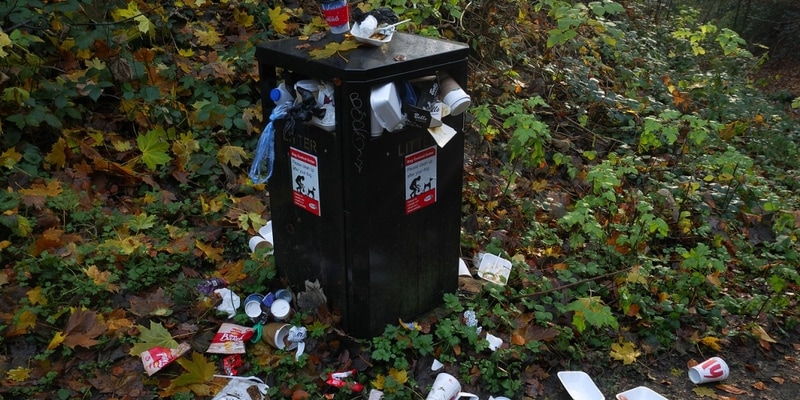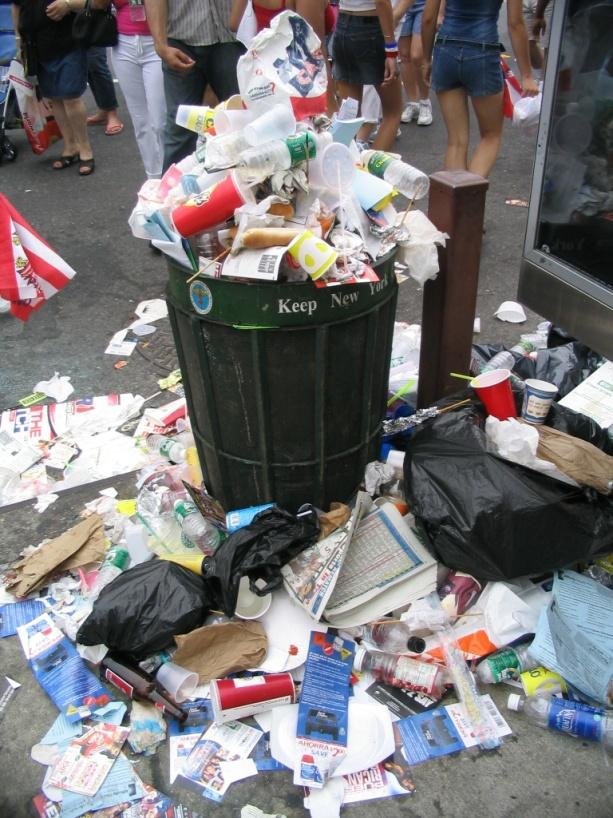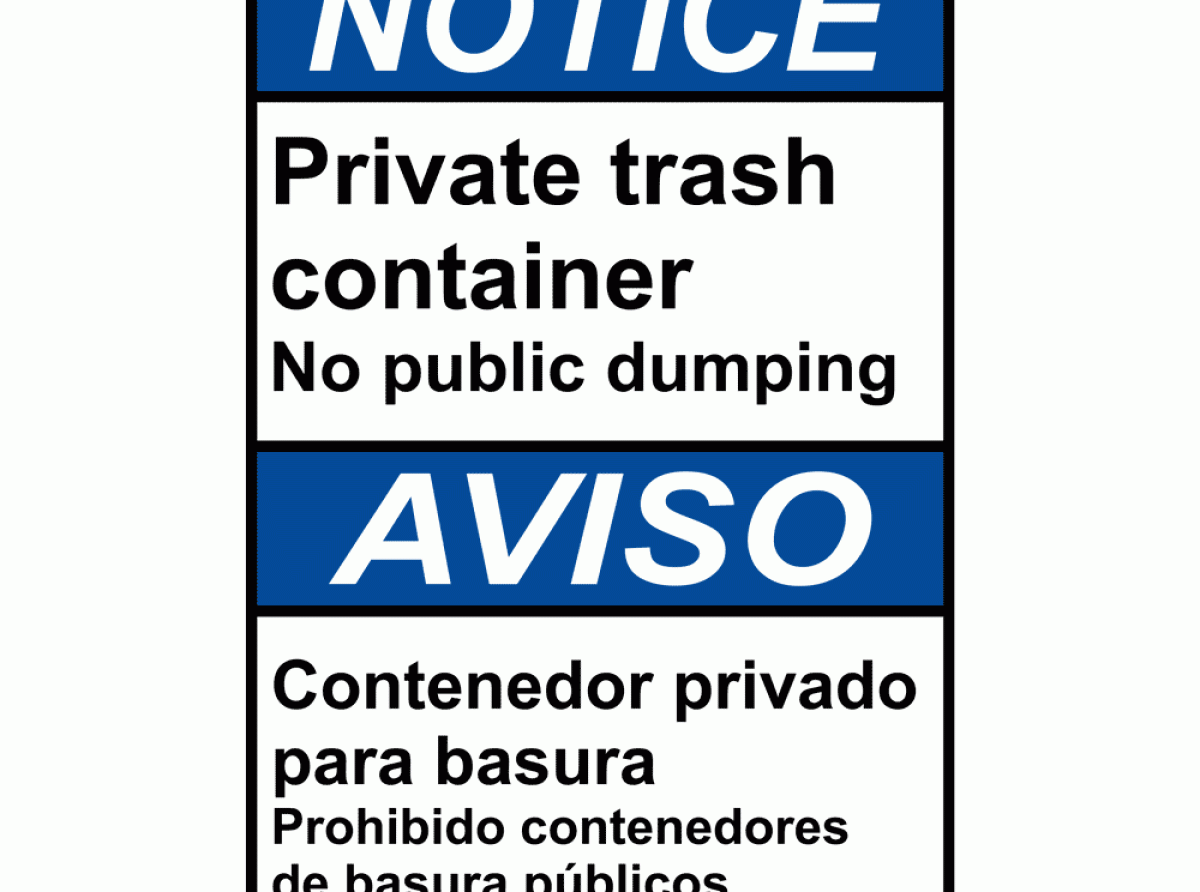
The issue of housing problems in America has been well-documented in recent years. Skyrocketing housing costs, gentrification, and homelessness have all contributed to a difficult housing market for many Americans. One unexpected consequence of this issue is the decrease in the number of public trash cans in some cities.
At first glance, the link between housing problems and public trash cans may not be immediately apparent. However, the two issues are intertwined in several ways. One of the main reasons why there are fewer trash cans in some areas is due to the cost of maintenance and upkeep. Trash cans need to be emptied regularly, and if they are not maintained properly, they can become a breeding ground for pests and bacteria. As cities and towns struggle with limited budgets and rising costs for housing and other public services, some have opted to cut back on trash can maintenance as a way to save money.

In addition to maintenance costs, another reason for the decrease in public trash cans is related to the issue of homelessness. In many areas of the country, homeless individuals rely on public trash cans as a source of food and other essential supplies. While this may seem like a minor issue, it can become a significant problem when there are not enough trash cans to meet the needs of the homeless population. In some cases, cities and towns have removed public trash cans altogether as a way to discourage homeless individuals from congregating in certain areas.

The decrease in public trash cans has several negative consequences. For one, it can contribute to an increase in litter and pollution in public spaces. Without adequate trash cans, people may be more likely to leave their trash on the ground or in other inappropriate places. This can make neighborhoods look unkempt and unsanitary, which can further exacerbate the housing crisis by discouraging potential residents from moving to the area.
Moreover, the lack of trash cans can also have an impact on public health. Trash cans that are not emptied regularly can attract pests such as rats and other vermin, which can carry diseases that can be harmful to humans. In addition, when trash is left on the ground, it can attract insects that can also carry diseases.

In conclusion, the decrease in public trash cans in some areas of America is a symptom of the larger housing crisis that is currently affecting the country. While it may seem like a minor issue, the lack of trash cans can have significant consequences for public health, the environment, and the overall quality of life in affected communities. As cities and towns continue to grapple with the issue of housing affordability, it is important to recognize the ways in which this issue can impact other aspects of public life and work towards solutions that benefit everyone.

